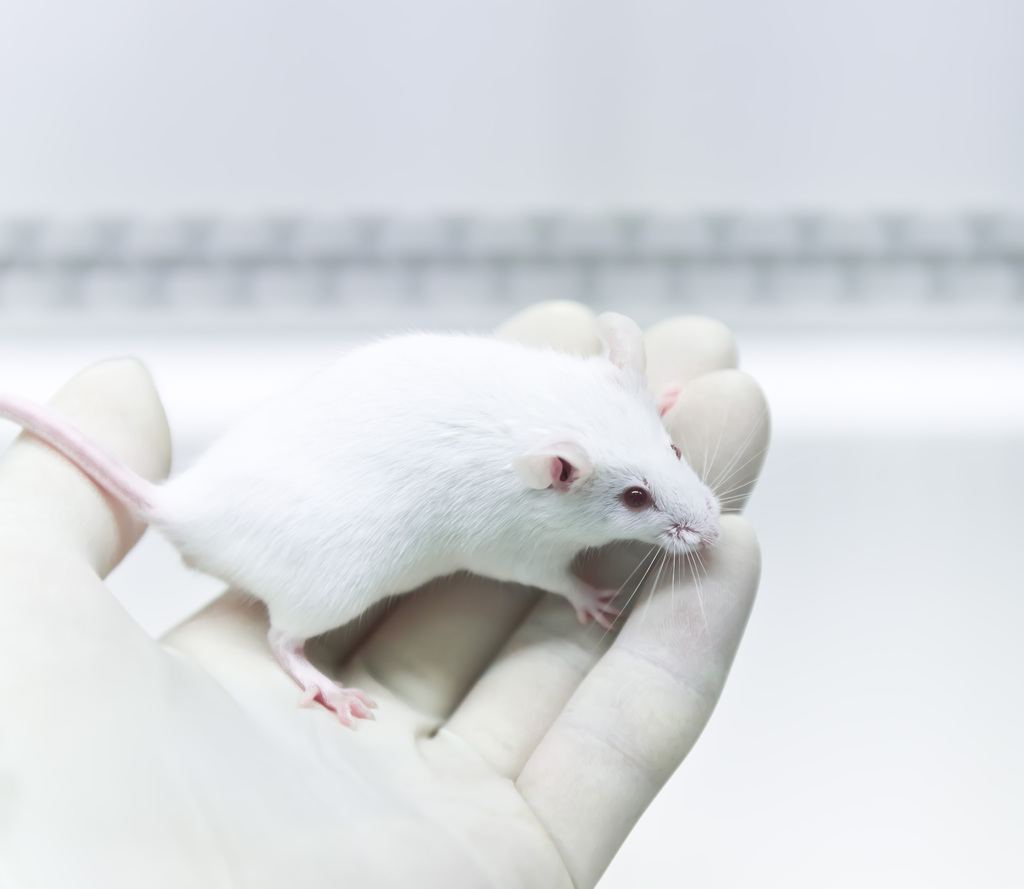Adding Reldesemtiv to Spinraza or Investigational SMN-C1 Improved Muscle Function in SMA Mouse Model
Written by |

Adding reldesemtiv to survival of motor neuron (SMN) restoration therapies — namely Spinraza (nusinersen) or the investigational SMN-C1 (an analogue to risdiplam) — can improve muscle function in a mouse model of spinal muscular atrophy (SMA), data shows.
The findings were presented during the 2019 Annual Cure SMA Conference, which took place recently in Anaheim, Calif.
Reldesemtiv, a selective fast skeletal muscle troponin activator (FSTA) being developed by Cytokinetics in collaboration with Astellas, is designed to slow down the rate of calcium release from fast skeletal muscle fibers, so as to improve muscle contraction.
As a fast muscle activator, reldesemtiv does not target the underlying causes of SMA — a lack of the SMN protein. Instead, it is intended to be used in conjunction with disease-modifying therapies, such as Biogen‘s Spinraza, or SMN-C1, the risdiplam analogue. Spinraza was the first therapy ever approved by the U.S. Food and Drug Administration for SMA.
Risdiplam, being developed by Genentech in partnership with PTC Therapeutics and the SMA Foundation, is an oral medicine that works by altering the way SMN2 messenger RNA — a molecule that carries instructions to make proteins — is processed. The SMN2 gene makes a shortened and unstable version of the SMN protein, but altering its processing allows for higher levels of functional, or correctly working SMN protein to be produced.
The aim of the preclinical studies was to investigate the effects of reldesemtiv in combination with therapies that increase the levels of SMN protein — either Spinraza or SMN-C1 — in a mouse model of SMA, the Hung Li mice.
In both studies, researchers measured the changes in muscle force in the animals’ plantar flexor muscles — the muscle in the calf used to point the foot — in response to electric stimulation of the sciatic nerve.
The study, “The Fast Skeletal Muscle Troponin Activator Reldesemtiv in Combination with Nusinersen Improves Muscle Function in a Mouse Model of Spinal Muscular Atrophy,” was presented as a scientific poster by researcher Eva Chin. The poster showed that mice treated with three different doses of Spinraza alone — 40, 80, or 160 μg/g — increased body weight, tail length, and muscle mass as compared with control mice, confirming its efficacy.
Moreover, increased doses of Spinraza increased muscle force in response to nerve stimulation compared with control mice.
Single doses of reldesemtiv further increased muscle force in response to a low-frequency nerve stimulation of 50 Hz in all groups treated with Spinraza. An increase of 290% in muscle force was seen in mice treated with the highest doses of both Spinraza (160 µg/g) and reldesemtiv (30 mg/kg) after a 50 Hz nerve stimulation. In mice treated with Spinraza alone, at the same frequency, the increase in muscle force was 100%.
In the study, “The Fast Skeletal Muscle Troponin Activator, Reldesemtiv, in Combination with SMN-C1 Improves Muscle Function in a Mouse Model of Spinal Muscular Atrophy,” presented as a scientific poster by researcher Samantha Edell, the investigators observed that treatment with SMN-C1 (10 mg/kg) increased survival, body weight, and muscle mass.
The investigational therapy also improved muscle force in response to nerve stimulation. At a frequency of 50 Hz, mice treated with SMN-C1 alone had an increase of muscle force of 32%. However, when combined with reldesemtiv (30 mg/kg), the muscle force increased by 320%.
In both studies, adding reldesemtiv to SMN-restoring therapies increased muscle force at lower frequencies, which may be important for activities such as breathing and walking.
Overall, these data support the potential of reldesemtiv to further improve muscle function in SMA.
“Advancements in the treatment landscape for SMA have demonstrated positive effects to improve nerve and muscle function and to extend lifespan for people with SMA; however, substantial residual muscle weakness persists,” Fady I. Malik, Cytokinetics’ executive vice president, research and development, said in a press release.
“Data from these preclinical studies suggest that reldesemtivmay complement SMN-directed therapies to further improve muscle function, especially for routine activities that may be fatiguing and don’t require maximum exertion.” Malik added.






